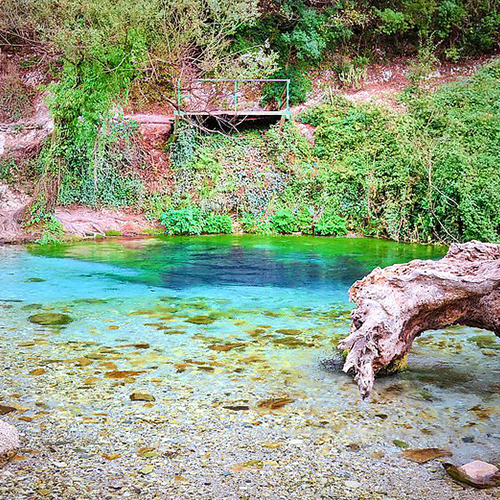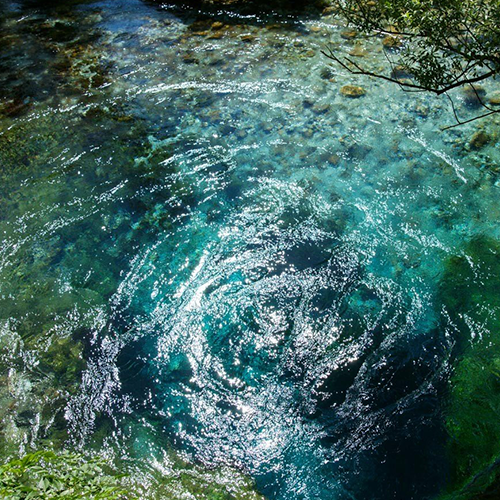The Islets of Ksamil, consist of four rocky islets located in the direct proximity to the Ionian Sea in Southern Albania. The village of Ksamil, after whom the islets are named, is located to the east of the islets. Furthermore, the islands are situated within the boundaries of the Butrint National Park..
The Islets of Ksamil







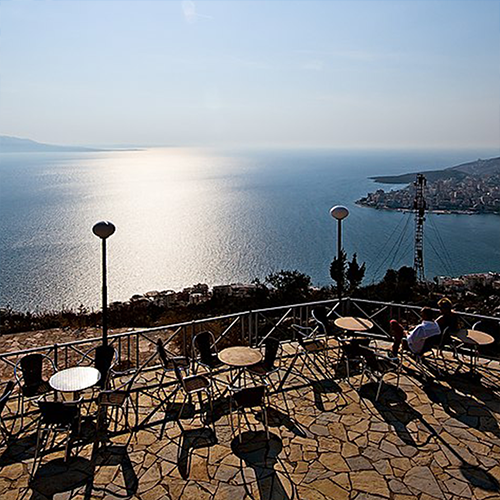


Lekuresi Castle
Saranda is hemmed into the coast by tall hills, and atop one of these is a rambling old structure that goes back to Albania’s early Ottoman times.
Lekuresi Castle was once a citadel that enclosed an entire village, but today lies in semi-ruin. What remains are portions of the walls and a crumbling watchtower looking out over the bay.
Most people will make the steep walk to admire panoramic views that reach all the way out to Corfu and the Greek border.
The Butrint National Park
A visit to the ancient city of Butrint is one of the most fantastic destinations in Albania. You will enjoy an experience where ancient history, picturesque landscapes, magnificent monuments, unique culture and ancient treasures merge. Positioned 18 km south of Saranda, Butrint is officially designated as a UNESCO World Heritage Site. The most interesting things to see in Butrint: the Greek amphitheater, the baptismal font, the cathedral, the lion gate and the museum.
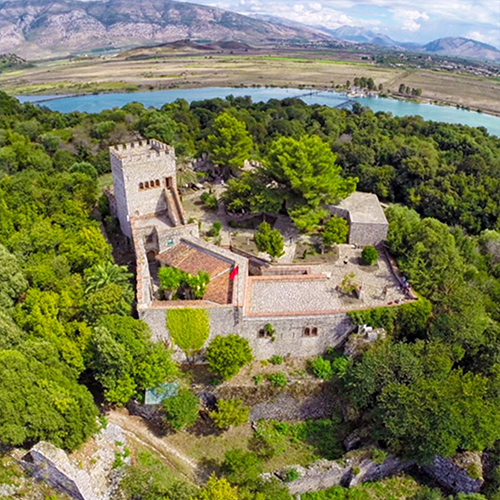











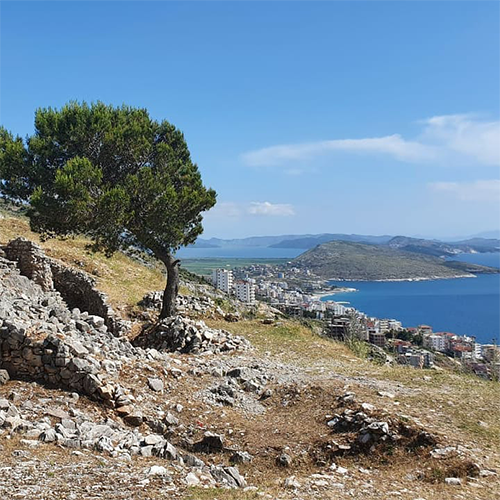
The Monastery of the 40 Saints
Located 4km East of Saranda, this place is closely associated with the name of the city of Saranda (Saranda means “40” in Greek). This is a place with a unique history, the only monument of its kind half-preserved in Albania and the Balkans. The Monastery of the 40 Saints was built in the 6th century, in honor of the 40 Martyrs of Sebaste. These were a group of soldiers who were killed because they refused to give up their Christian religion. This monastery has a space of about 40m x 25m and consists of 40 rooms – 1 room for each Martyr.
Blue Eye
The “Blue Eye” is a water spring and natural phenomenon occurring near the village of Muzinë in Finiq municipality, southern Albania. A popular tourist attraction, the clear blue water of the river can be seen from a depth of more than fifty metres. Divers have descended to fifty metres, but it is still unclear what the actual depth of the karst hole is.
